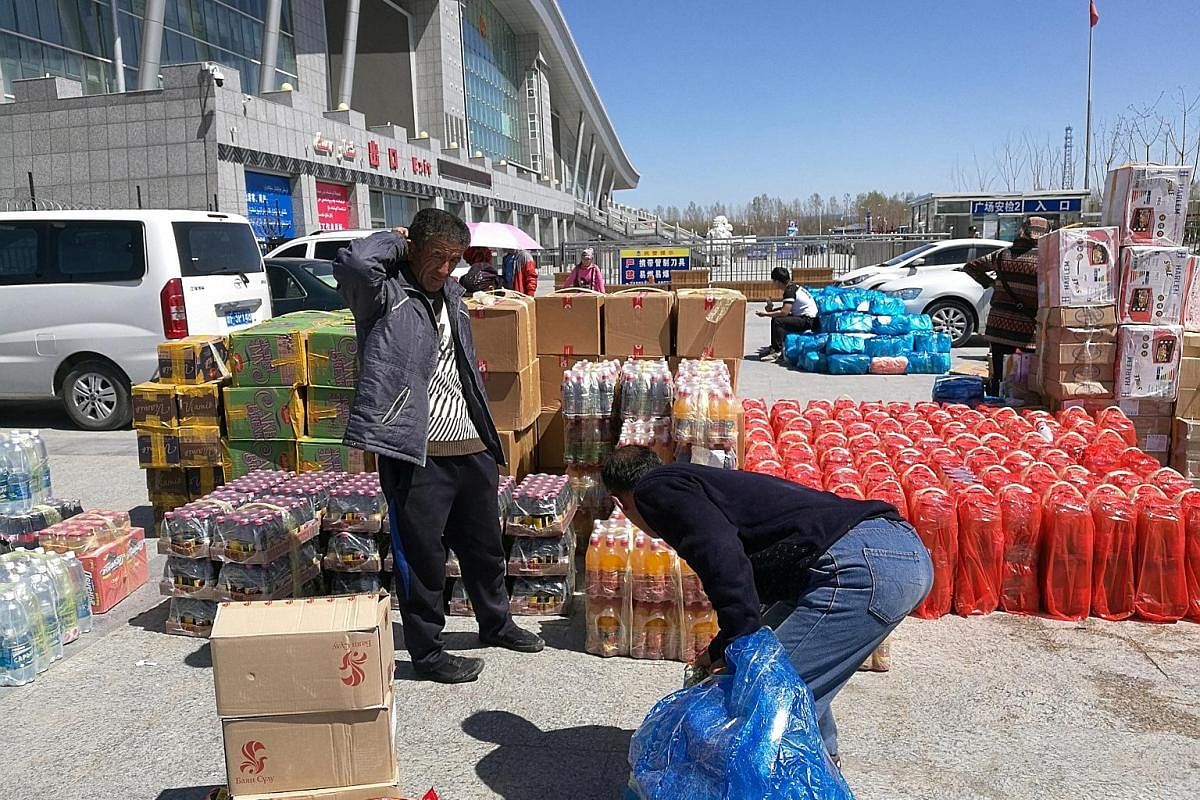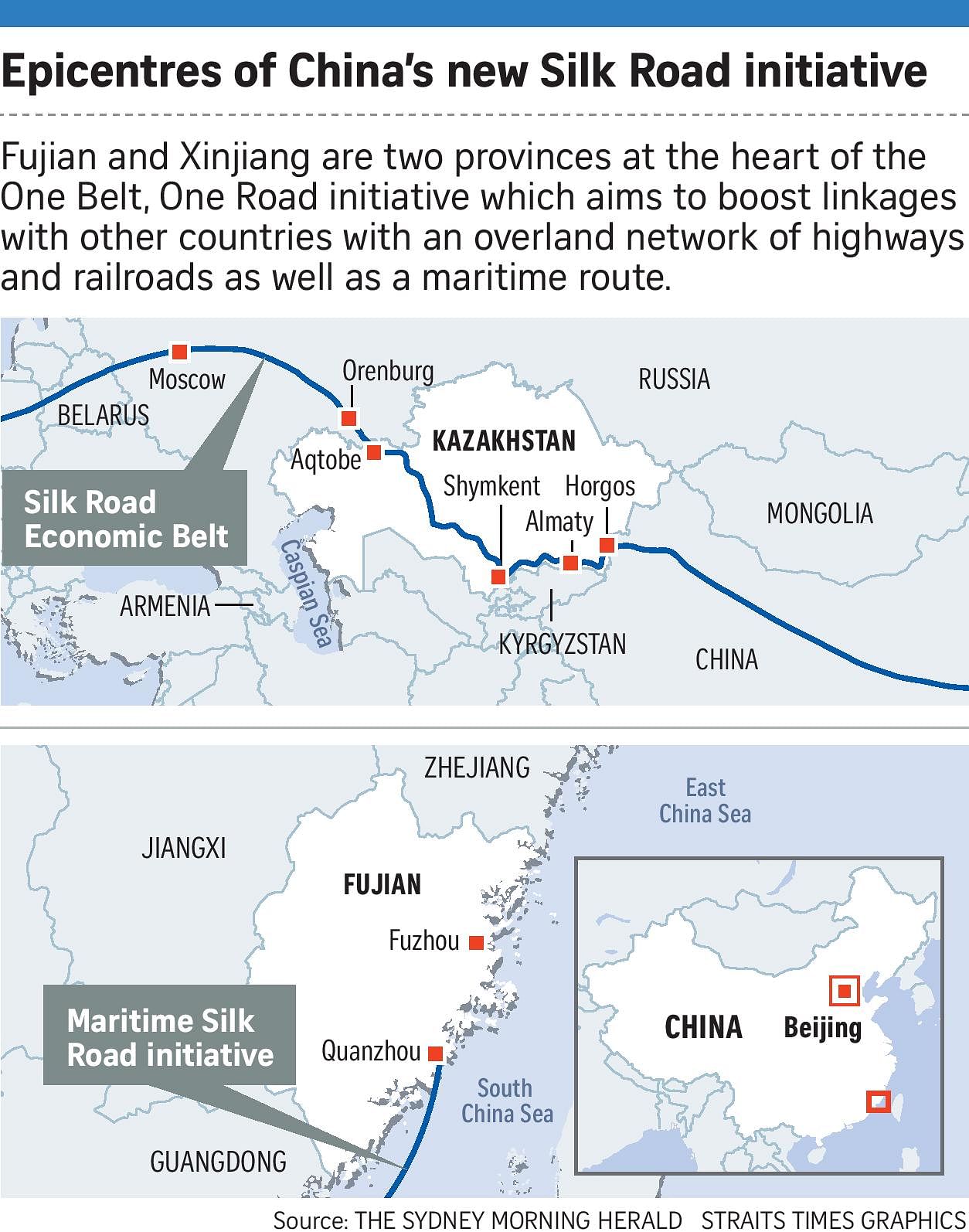Dr Farkhod Tolipov, director of Knowledge Caravan, an institute which studies geopolitics in Central Asia, said: "The opening and unlocking of Central Asia appears to be a more complicated and protracted process than expected, in which the 'Modern Silk Road' needs to balance multiple national interests."
For Horgos to fulfil its promise, the Chinese need to change their mindsets, said experts.
Beijing has deployed moves from a familiar playbook to try and spur economic growth: capital and infrastructure investment, and preferential policies to try to make Horgos a more attractive offshore yuan settlement centre than even Shenzhen or Shanghai.
But it needs to look at how it can help Central Asian countries build up their infrastructure, said Professor Yang Yiyong, director of the Macroeconomics Institute at the National Development and Reform Commission, China's economic planning authority. "We should be taking a leaf from Singapore's book, setting up cooperation offices in each of the five Central Asian countries," he said at a Belt and Road forum.
Dr Tolipov said China should help Eurasia attract third-party investment. "By using the Silk Road Economic Belt idea, these states can advertise their own territories, resources, economic potential, reliability, perspectives and even history to draw outside investors."
Fujian gears up to boost trade links with S-E Asia

Call it the frozen seafood express delivery.
Previously, seafood imports from South-east Asia, such as ribbon fish, squid and pomfret, would be stuck for days at Mawei Port in Fuzhou before being cleared by Customs and sent to different corners of China.
Now, one day may be all it takes for the seafood to go from port to dining table, with the setting up of a 24-hour inspection station inside a wholesale market near the port in 2013 speeding up Customs clearance by leaps and bounds.
Quanzhou remains key to maritime Silk Road

Any talk of the revival of the ancient maritime Silk Road will not be complete without a mention of Quanzhou city.
As one of the key starting points of the sea route, through which China exported its ceramics, silk and tea, Quanzhou was said to be the largest port in the east from the 10th century to 14th century.
Also known as Zaiton among Arab traders in the old days, based on citong, the Chinese name for the coral trees that used to line the streets, the city has many remnants of Muslim, Christian, Hindu, Buddhist and Taoist religious sites from that period. The local government has applied for 16 such sites to be added to the Unesco's list of World Heritage Sites next year.
READ PART 1 HERE: CHINA MAKES TRACKS ON MODERN SILK ROAD


